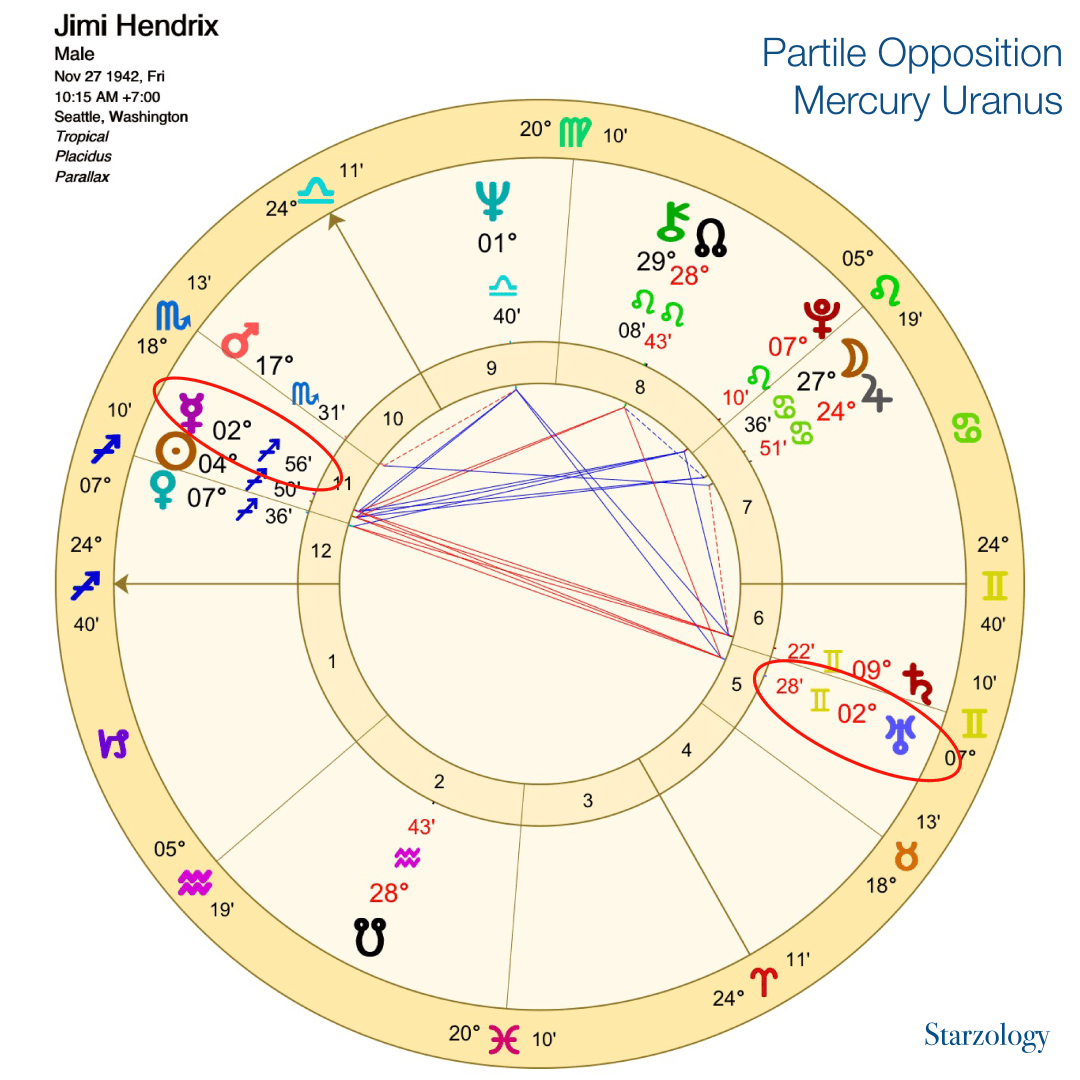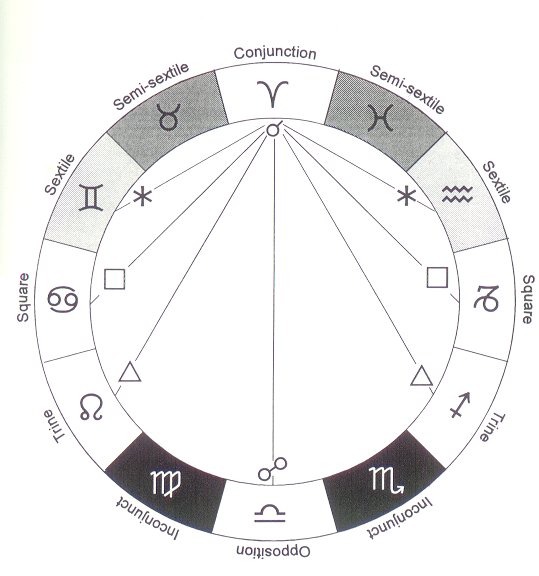So, I’ve been mucking around with astrology charts for a good while now, right? And for the longest time, I’d see stuff, and some of it would make sense, but other times, things just felt… louder? More in-your-face? I couldn’t quite put my finger on why some planetary meet-ups seemed to pack such a punch while others were just kinda ‘meh’.

My Deep Dive into ‘Partile’
Then I kept bumping into this word: “partile”. Sounded a bit like “particle” but, you know, for stars. I figured, okay, let’s see what this is all about. I started really looking closely at the degrees in charts. Not just “Oh, Mars is in Aries,” but like, “Mars is at 10 degrees Aries.” And that’s where things got interesting.
I found out that partile basically means planets are sitting at the exact same degree number. Like, if you’ve got Venus at 15 degrees of Taurus and Jupiter also chilling at 15 degrees of Scorpio, that’s a partile opposition. Or if they’re in the same sign at the same degree, that’s a partile conjunction. And let me tell you, when I started seeing these, it was like a lightbulb went on.
Especially those partile conjunctions. The info I dug up said they’re usually super strong, and boy, they weren’t kidding. It’s like the planets are singing in perfect, loud harmony (or sometimes a perfect, loud argument, depending on the planets!). The influence felt so much more direct, less watered down.
I remember looking at a friend’s chart. They had their Sun and another planet, I think it was Mercury, exactly partile. And their way of communicating their core self? So incredibly clear, almost overwhelmingly so at times. It just clicked for me.
Looking Beyond Just Conjunctions
Then I thought, what about other connections? Like sextiles. Those are when planets are about 60 degrees apart. They’re supposed to be these nice, easy-breezy aspects, bringing opportunities and helping things flow, especially with communication and getting along with folks. Usually, it’s “around 60 degrees.” But when I saw a sextile that was partile – meaning, like, bang on 60 degrees, not 58 or 62 – those opportunities felt way more tangible. Like the door wasn’t just unlocked, it was wide open with a welcome mat.

It made me rethink how I looked at even the basics, like the “big three” – your Sun sign, Moon sign, and Rising sign. Everyone talks about these, and yeah, they give you a good snapshot of your general vibe, what you like, what bugs you. But then I started noticing if any of my big three had a partile aspect from another planet. Whoa. It added this whole other layer of intensity or focus to how that Sun, Moon, or Rising sign energy played out. It wasn’t just “my Moon is in Cancer,” it was “my Moon is in Cancer getting this super direct, super focused beam of energy from Saturn,” for example. Suddenly, certain ingrained emotional patterns made a lot more sense, felt less vague.
- I started by just identifying the exact degree of each planet.
- Then, I’d scan for any planets sharing the exact same degree number, regardless of sign first, then checking the aspect.
- I paid extra attention if these involved any of the “big three.”
- I noticed the themes of the planets involved felt much more amplified.
It’s not like finding a partile aspect suddenly solves the whole puzzle of a chart. Astrology is still this massive, complicated thing with tons of moving parts. It’s a bit of a cosmic soup, really. You can’t just pick out one ingredient and say “this is it!”
But learning to spot these partile connections? It’s like someone turned up the volume on specific frequencies. It helped me filter out some of the background noise and really hear the lead instruments. It’s definitely made my chart readings feel more specific and, honestly, more accurate for the folks I’ve looked at them for. It’s one of those practical little tricks that makes a big difference. Still got loads to learn, obviously, but this one was a good ‘un to stumble upon.